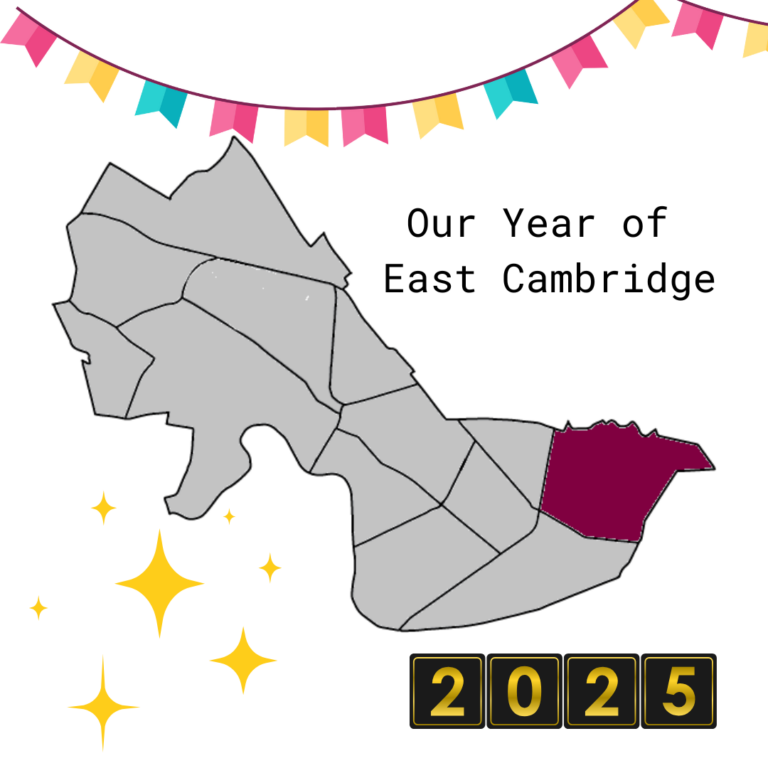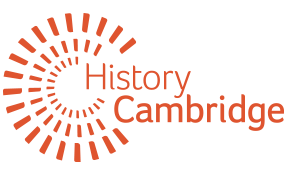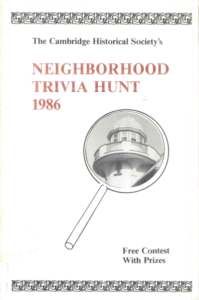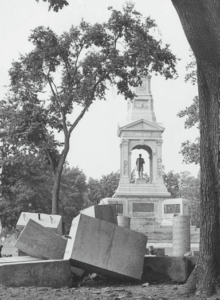
In 2025, History Cambridge Explores the East Cambridge Neighborhood
By Beth Folsom, January 2025
Over the past two years, History Cambridge has chosen one of Cambridge’s thirteen neighborhoods to explore in depth. Following our examinations of Cambridgeport (2023) and North Cambridge (2024), we will be spending 2025 in East Cambridge, and we welcome the community’s ideas and questions about the neighborhood’s rich history.
The area that we now know as East Cambridge was for many centuries largely salt marshes and mud flats which, at low tide, virtually cut the area off from other parts of the city, as well as from Boston. The rich oyster beds contained there served as an important resource to the Indigenous inhabitants of the neighborhood, as well as the early European colonists who settled nearby, but its geographical features meant that the area was not a suitable choice for permanent settlement.
In the 1630s, the English engineer Thomas Graves was the first European colonist to settle in East Cambridge, surveying it for potential use by the new arrivals. The area came to be known as Graves’ Neck, and was set off from the rest of Cambridge by Gibbon’s Creek to the north, Oyster Bank Bay to the east, and the Great Marsh to the south. For more than a century following Graves’ sale of his land grant, most of the land at Graves’ Neck remained in the control of several families who farmed and consolidated parcels and passed them to their descendants. In the mid-eighteenth century, Richard Lechmere (who had married the daughter of Lieutenant Governor Spencer Phips) purchased a large tract of land on Graves’ Neck and subsequently bought out most of the other property owners. Not wanting to be isolated from the elite of Cambridge, the Lechmeres made their primary residence on Brattle Street and rented out their Graves’ Neck farm, then known as Lechmere Point; when they fled to England during the Revolutionary War, their property was confiscated by the Committee of Correspondence.
When the British army launched the Siege of Boston in 1775, the Continentals built a series of earthworks and batteries to fortify East Cambridge, along with Fort Putnam on Lechmere Point, whose proximity to Boston allowed for easy access of cannon balls launched into the British lines. In April of 1775, British troops had landed at Lechmere Point and marched westward to the battle of Lexington and Concord; when they again landed there the following November, the colonial militia was waiting for them and, over the next several months, was able to arm and reinforce the area to mount an effective response to the British army.
During the Revolutionary War, speculation in government securities was rampant, and one of those greatly enriched by involvement in this sector was Andrew Craigie. Following the war, Craigie was able to purchase the John Vassall estate on Brattle Street, which had been confiscated due to Vassall’s Loyalist affiliation. From 1795-1805, Craigie also began acquiring land on Lechmere Point, keeping his accumulation a secret from all but his closest associates. In 1805, Craigie petitioned the General Court for permission to build a bridge from Lechmere Point to Boston and, with this endeavor underway, he formed the Lechmere Point Corporation and sold shares to local investors. Cambridge surveyor Peter Tufts was hired by the Corporation to lay out lots for sale – a process that is reflected in the regular grid pattern of the streets in much of East Cambridge. Over the next several years, plans were put in place to lower the grade of higher elevations and use the soil as fill to create a level neighborhood and maximize saleable land.
The physical development of East Cambridge was soon accompanied by a proposal to attract both businesses and residents; in 1813, Craigie and his cohorts offered Middlesex County a grant of land and money to build a new courthouse, which would replace the one in Harvard Square, which was quickly becoming too small for the city’s population and had fallen into disrepair. Knowing that the establishment of the new courthouse (built by the famed Boston architect Charles Bullfinch) on Lechmere Point would create a demand for property ownership and development in the area, Craigie is credited with the creation of East Cambridge as we know it today.
Much of the nineteenth century development in the neighborhood consisted of large-scale industries, many of which were necessary but undesirable in more established areas of the city. Glass manufacturing was the first major industry to take root here, with meat processing and sugar refining following suit. As industrial production increased, so too did housing for the workers laboring both in East Cambridge and just across the bridge in Boston. Most of the residential buildings constructed in the neighborhood were of modest scale, including workers’ cottages and tenement houses, but a solid middle class made up of factory managers and white-collar courthouse employees led to the construction of more upscale dwellings known as “Quality Row” along Second and Third Streets, with a few wealthy individuals and families creating what was known as “Millionaire’s Row” along Otis Street.
The demographics of East Cambridge followed much the same pattern as other neighborhoods. The earliest laborers in the glass industry were skilled domestic-born workers, along with immigrants from Britain and Germany. In the mid-nineteenth century, these began to be replaced by Irish refugees from the Potato Famine, and later by Italians, Poles, and Portuguese immigrants. Each wave of new arrivals brought with them their own language and traditions, building churches and civic organizations for mutual aid, and adding to the rich landscape of stores and restaurants in the neighborhood. Even as much of the city has undergone gentrification, East Cambridge – while not untouched by these developments – has retained much of its character as a center for mixed-use, working- and middle-class community that has characterized it over the past two centuries.
History Cambridge is excited to explore this vibrant neighborhood, and we need your help. Do you have a story about East Cambridge to share? What aspects of the neighborhood’s past are you curious about? Where should we go and what should we focus on during our year here? Check out our East Cambridge History Hub for resources, let us know your thoughts, and sign up for our newsletter to stay up-to-date on our upcoming events and programs. We look forward to making East Cambridge history with you in 2025!


